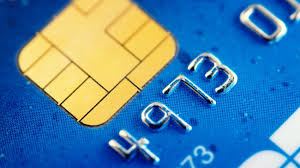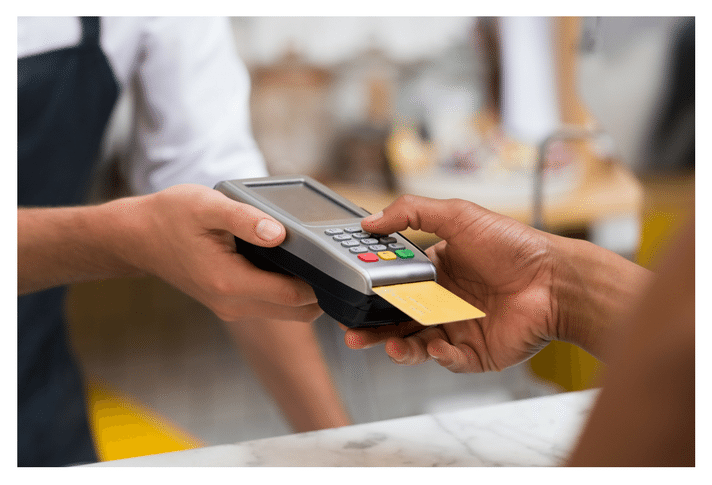Even though banks mandated the use of chip-enhanced credit and debit cards last October, many small specialty retailers have yet to adopt the technology. Though the major credit card companies are calling the changeover a success, retailers are not convinced, citing the extra time it seems to take for each transaction along with the cost of implementing the technology as reasons for not complying.
The new chip credit cards generate a unique code with every sales transaction, with the goal of making it harder for bad guys to churn out fake credit cards. MasterCard says 70 percent of credit cards issued in the U.S. were chip-enabled as of this spring. According to Visa, some 283 million-chip enabled cards are currently in the U.S. market, with nearly a quarter of the 4 million merchant locations set up with chip devices.

MaryLiz Curtin’s Clawson, Mich., store Leon & Lulu, is not one of them. “We have not adapted to chip readers,” Curtin says. “The technology does not seem quite ready for prime time and converting to the new technology is expensive. In order to use it with our POS system, the costs for new hardware and software far exceeded any possible benefit.”
Consequently, Curtin is willing to roll the dice. “We could absorb a huge loss due to fraud, which is a very remote possibility, and still cost less than the new terminals,” she says. “Also a conversion at the holidays would have been a potential disaster when we have long lines at each of our four registers. We will watch the technology but have no immediate plans to implement it.”
Anne Dowell, owner of Apron Strings in Hutchinson, Kan., calls the chip system, “a sore spot,” and like Curtin, has also adopted a wait and see approach. “I haven’t converted to the chip system–yet,” she says, noting that she has had the chip reader hardware for almost two years, thanks to her software provider who sent the new reader to the store. “The software provider accepted all liability because they did not have the software ready by the October 2015 deadline.” However, by the time they got the software rewritten, Dowell was told she had to upgrade her POS software in order for it to work. Thus, the sore spot. “My current software is only three years old and of course the new software they want me to buy is several hundred dollars. Do I think it is fair? Absolutely not.”
In Ellsworth, Maine, Pamela Elias got her store Rooster Brother on the new chip program back in October, but like Dowell, found that the software lagged behind. “The software wasn’t ready for months after that,” she says. “It is not nice to make us responsible and then not give us the tools.” Elias says transactions take longer, it is easier to forget to give the card back to the customer as a result and there is a lack of clarity around pin numbers as some cards require them and others don’t. “We don’t love it,” she says of the new system. “And of course we don’t appreciate having to take more risk.”
Jennifer Baron says she hasn’t gotten the new chip readers for her Brooklyn, N.Y. store, A Cook’s Companion, hoping that if she waits for a bit, the technology will improve. “It is a large expense and the credit card processors have us over a barrel with every new ‘protocol’ they come up with,” she says. “From PCI compliance to Chip, they always seem to come up with a way to cost us money.”
Baron has watched other retailers handle the technology on the sales floor. “I haven’t seen that many small, local retailers using it,” she says. “They may have the machine, but the transaction time is so long that it seems customers prefer to swipe their cards.” Speeding up the process and requiring a customer to enter a PIN would go a long way in encouraging Baron to be inclined to change over.
“But the processors will never agree to that because their fees won’t be as high”” she says noting entering a PIN doesn’t generate revenue for the credit card companies. And for small retailers, every little bit taken away from a sale hurts the bottom line. “It may be only 5 cents per transaction, but that adds up pretty darn quickly,” she says. “That $.05 can cost more than $300 in December alone if a customer doesn’t use a PIN.”
To Rooster Brother’s Elias, off-loading the responsibility for adapting the chip technology onto small retailers plays almost like a spy novel with an evil overlord lurking in the background. “They say if we have the technology, we don’ have the risk,” she says. “But I’m coming not to trust ‘them,’ whoever ‘they’ really are. I don’t think that this changeover was well thought out.”
![]()



